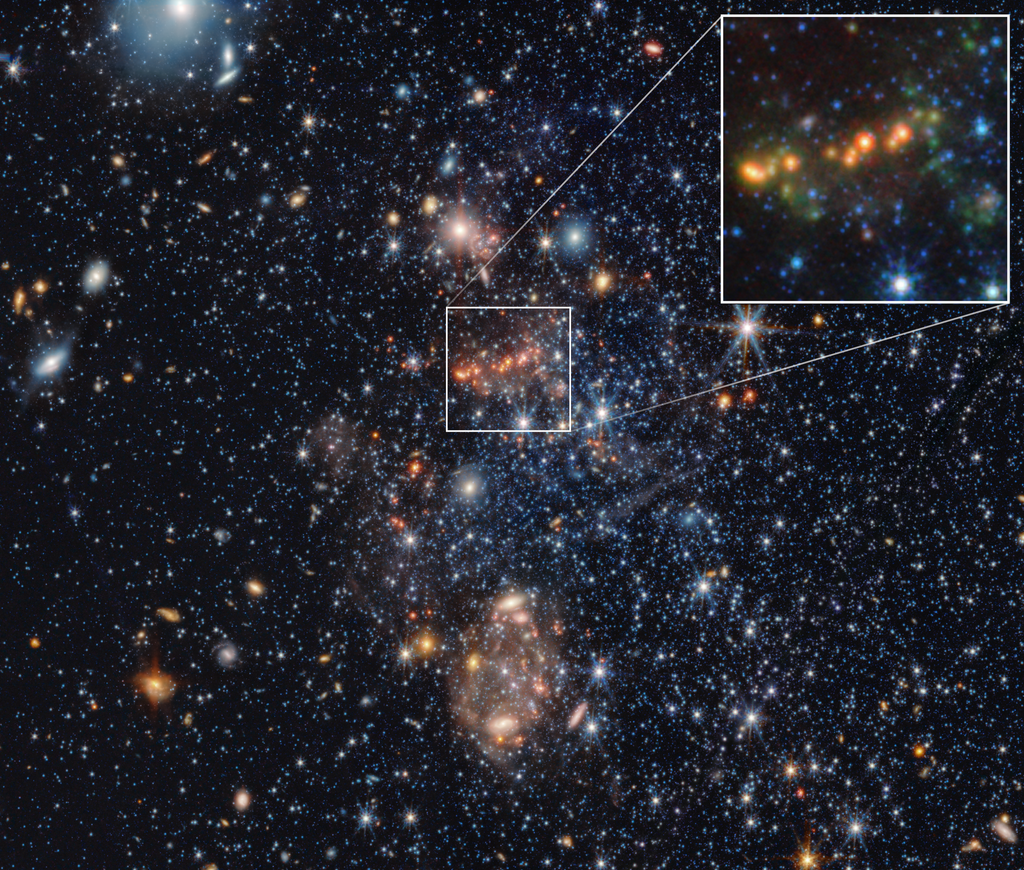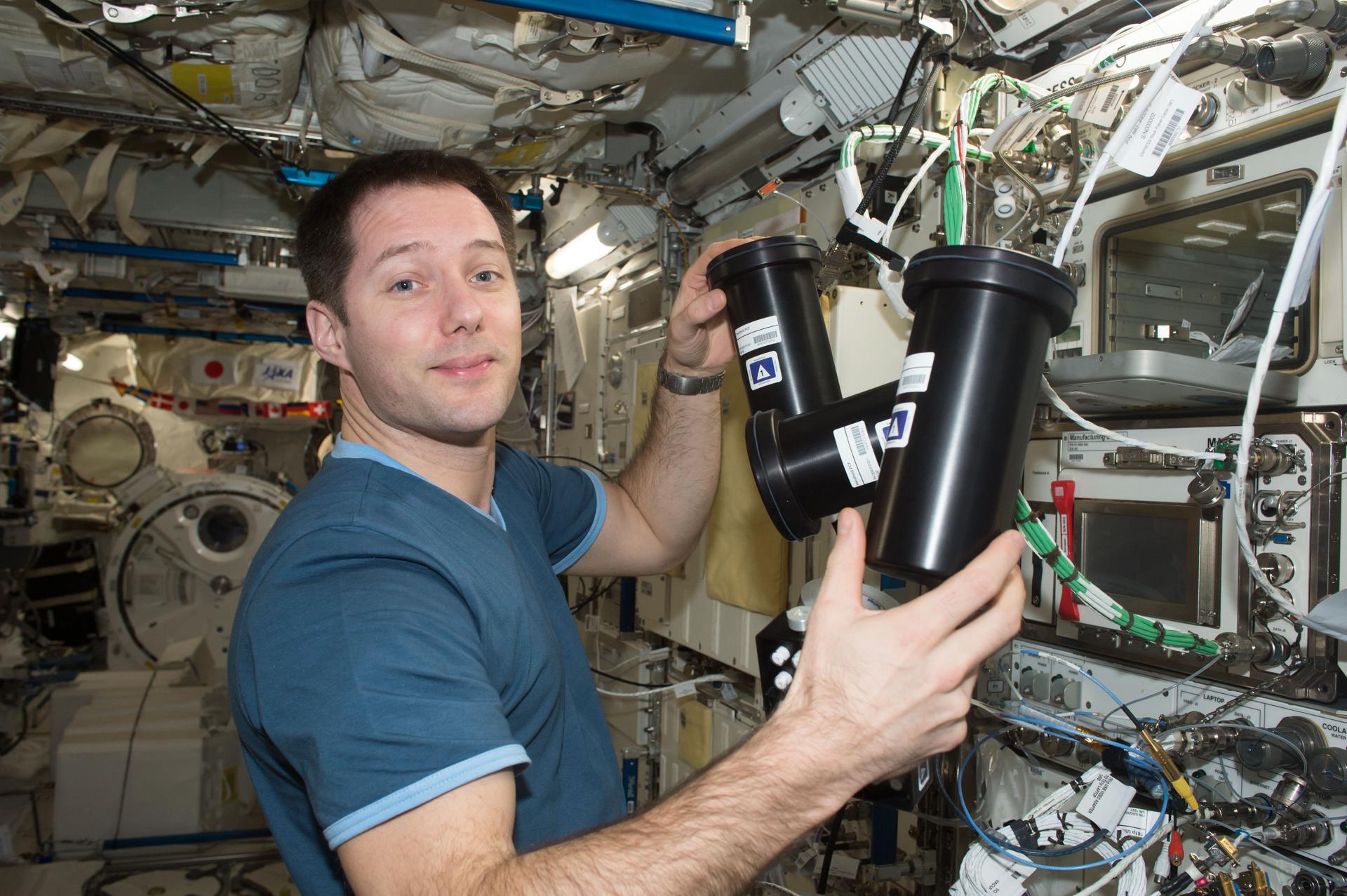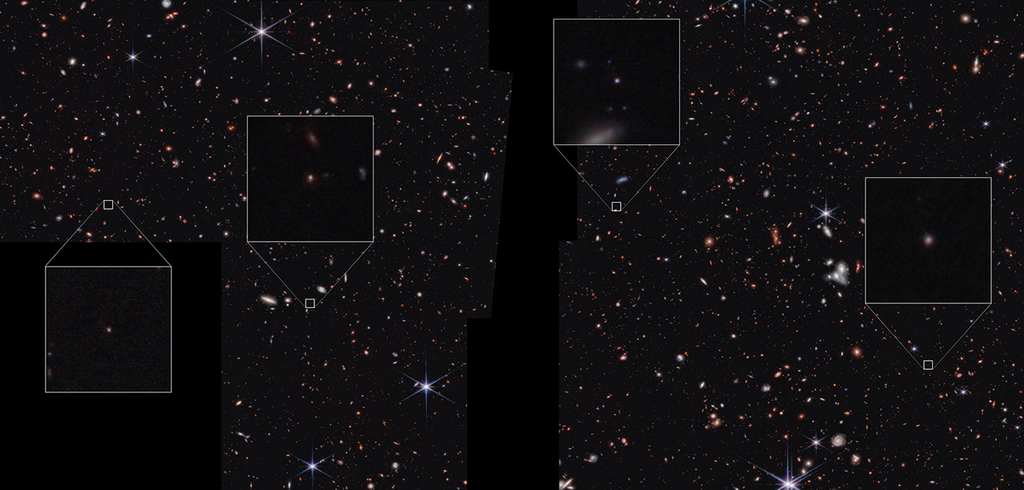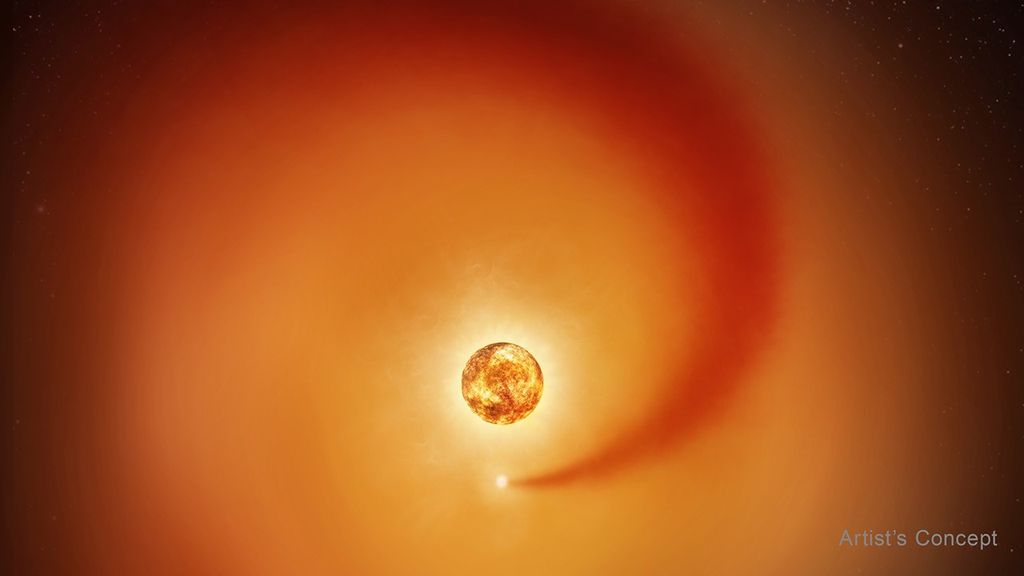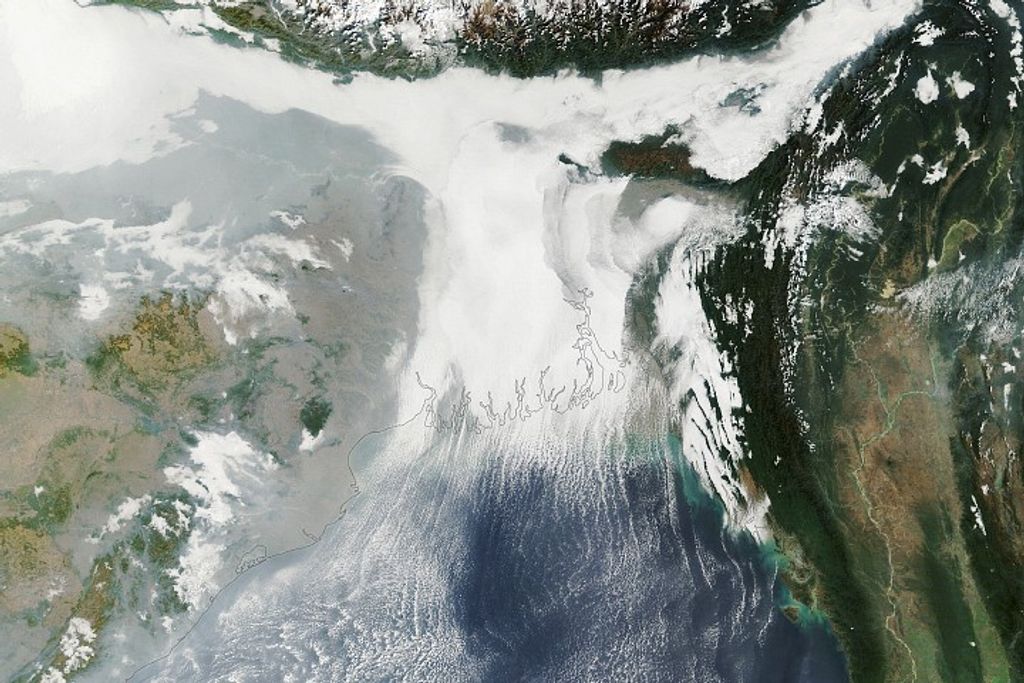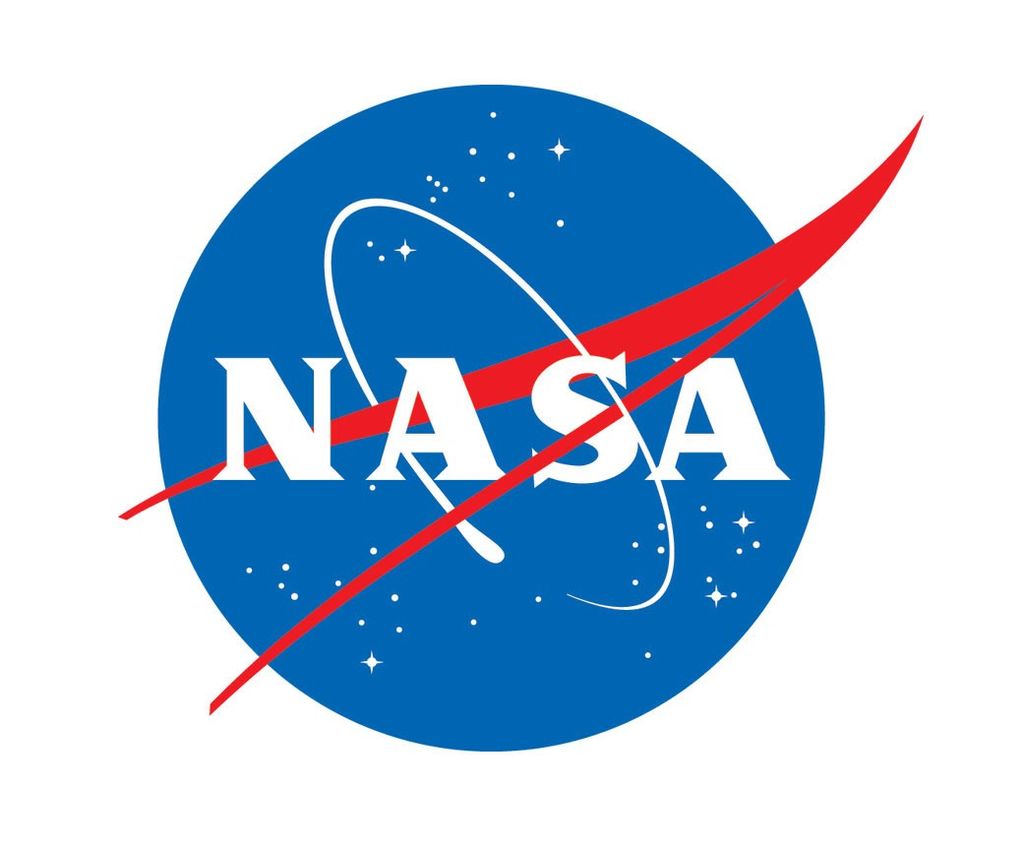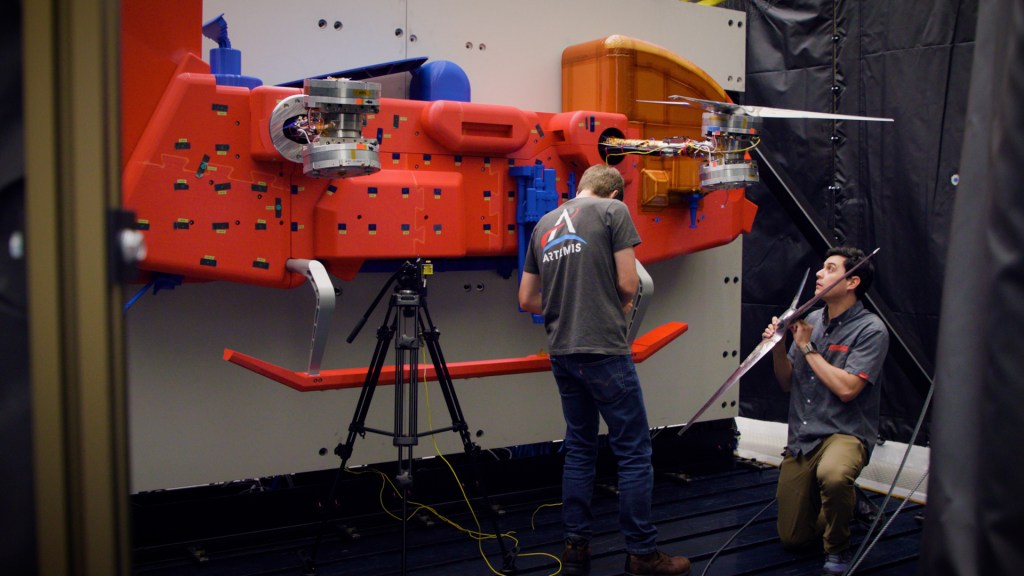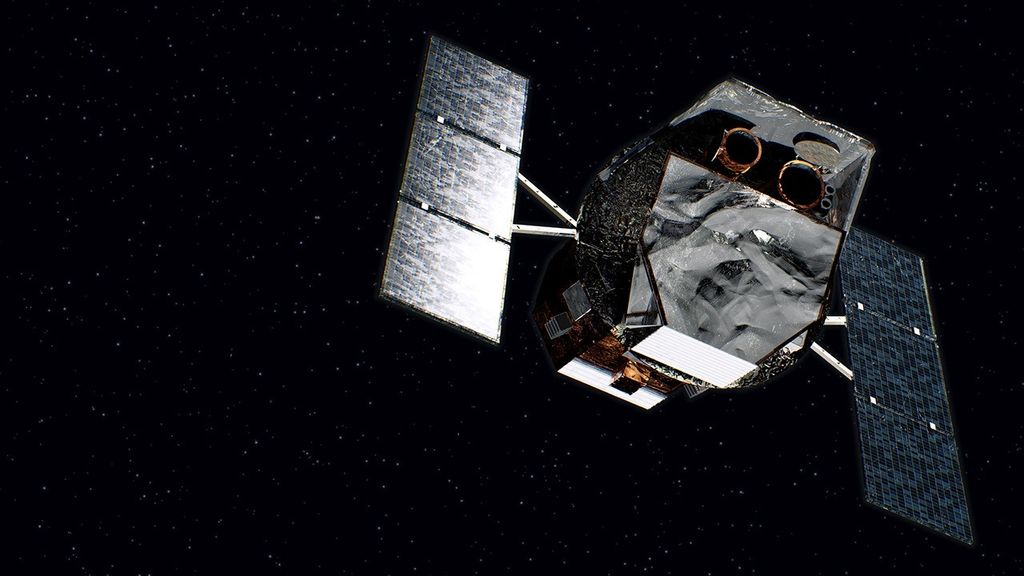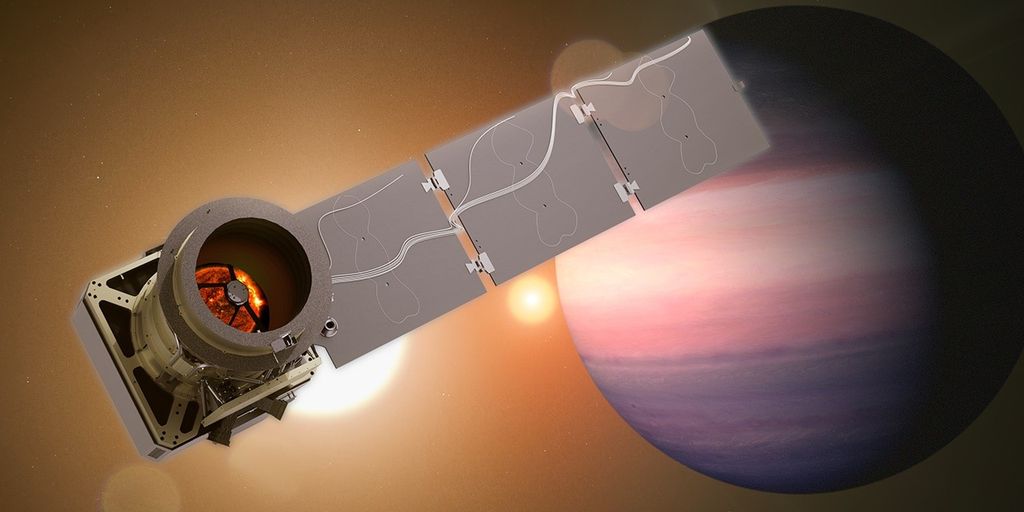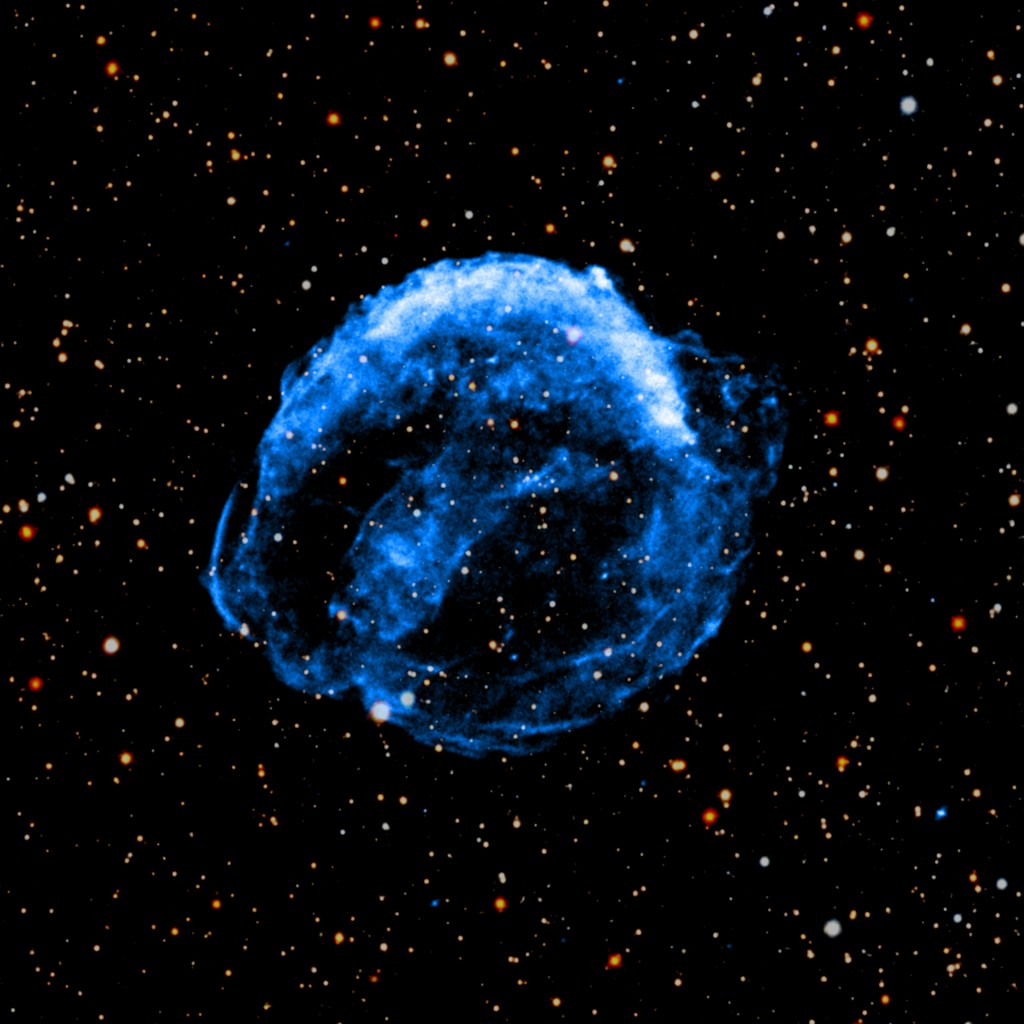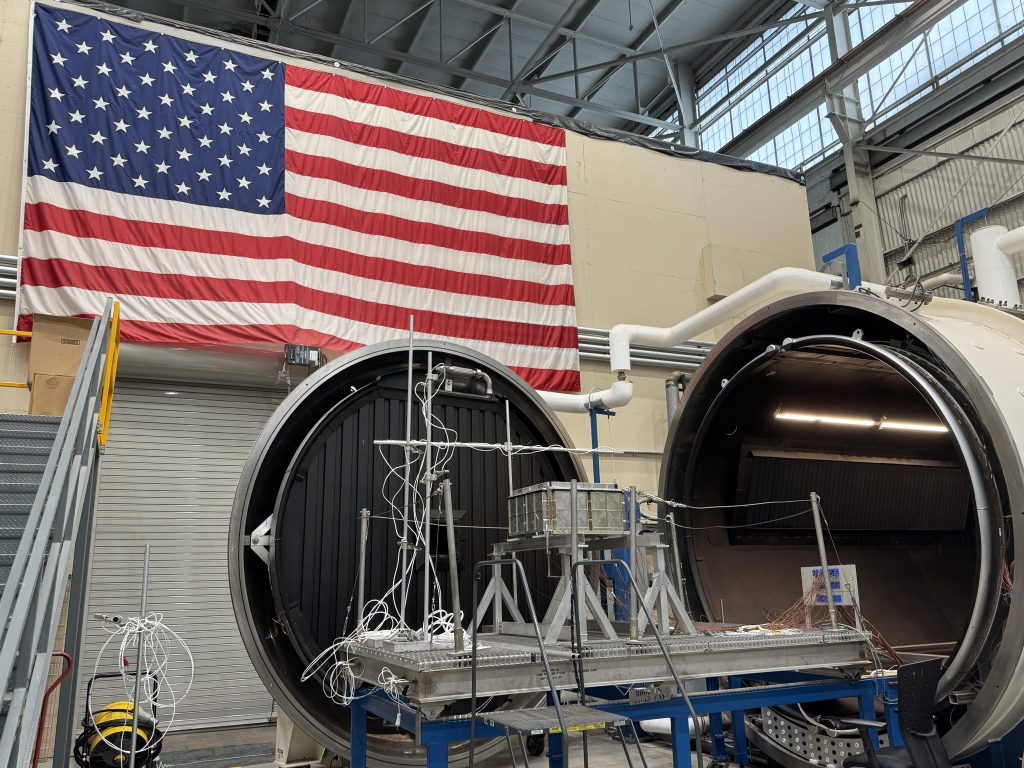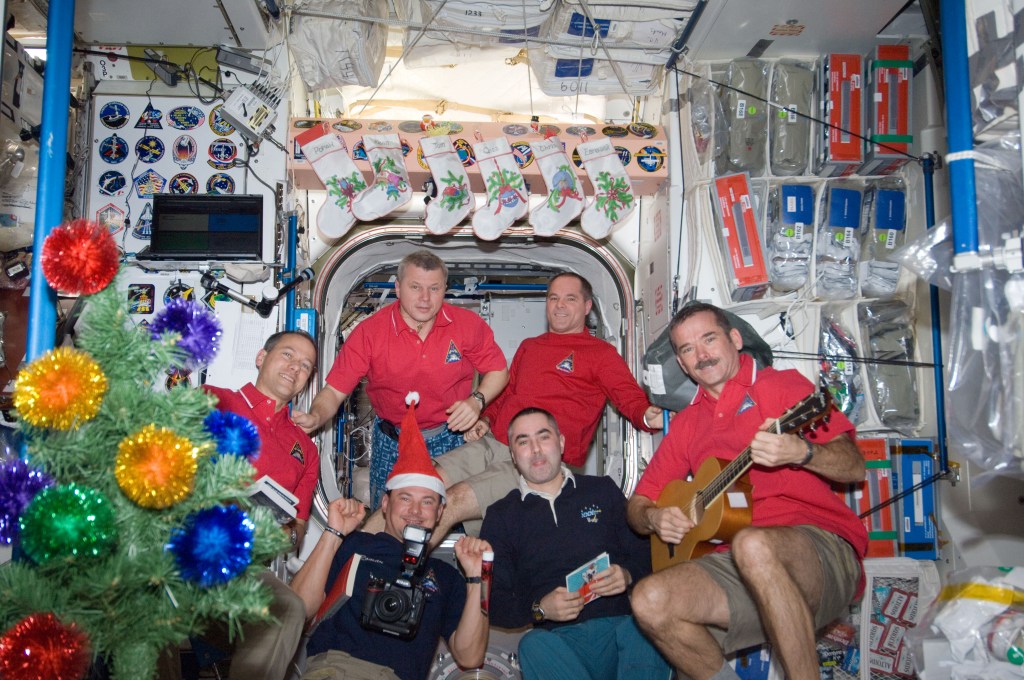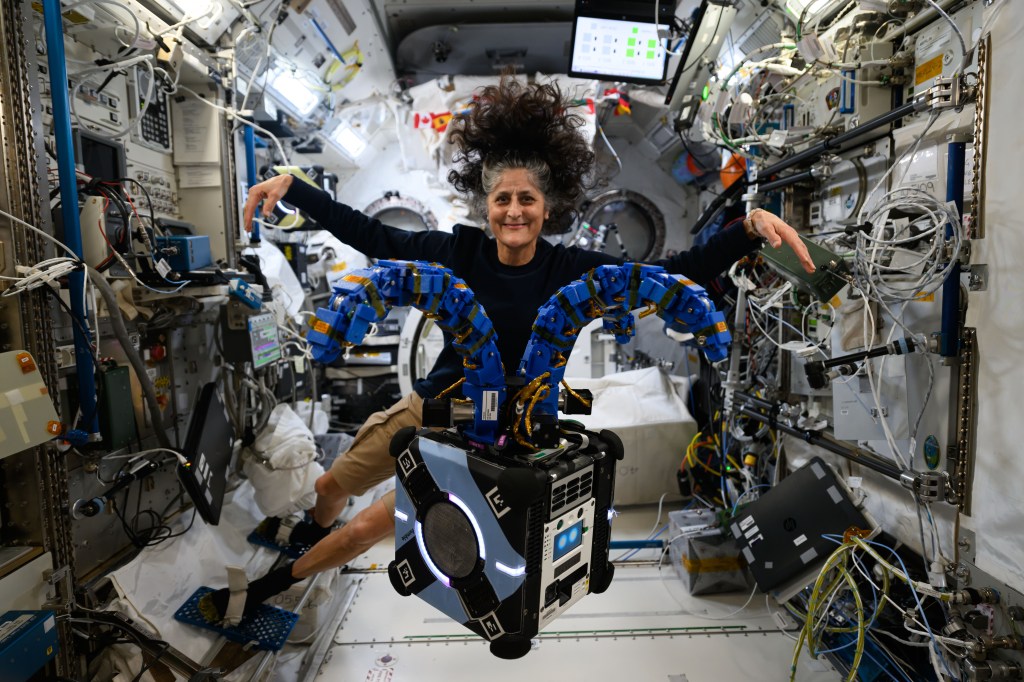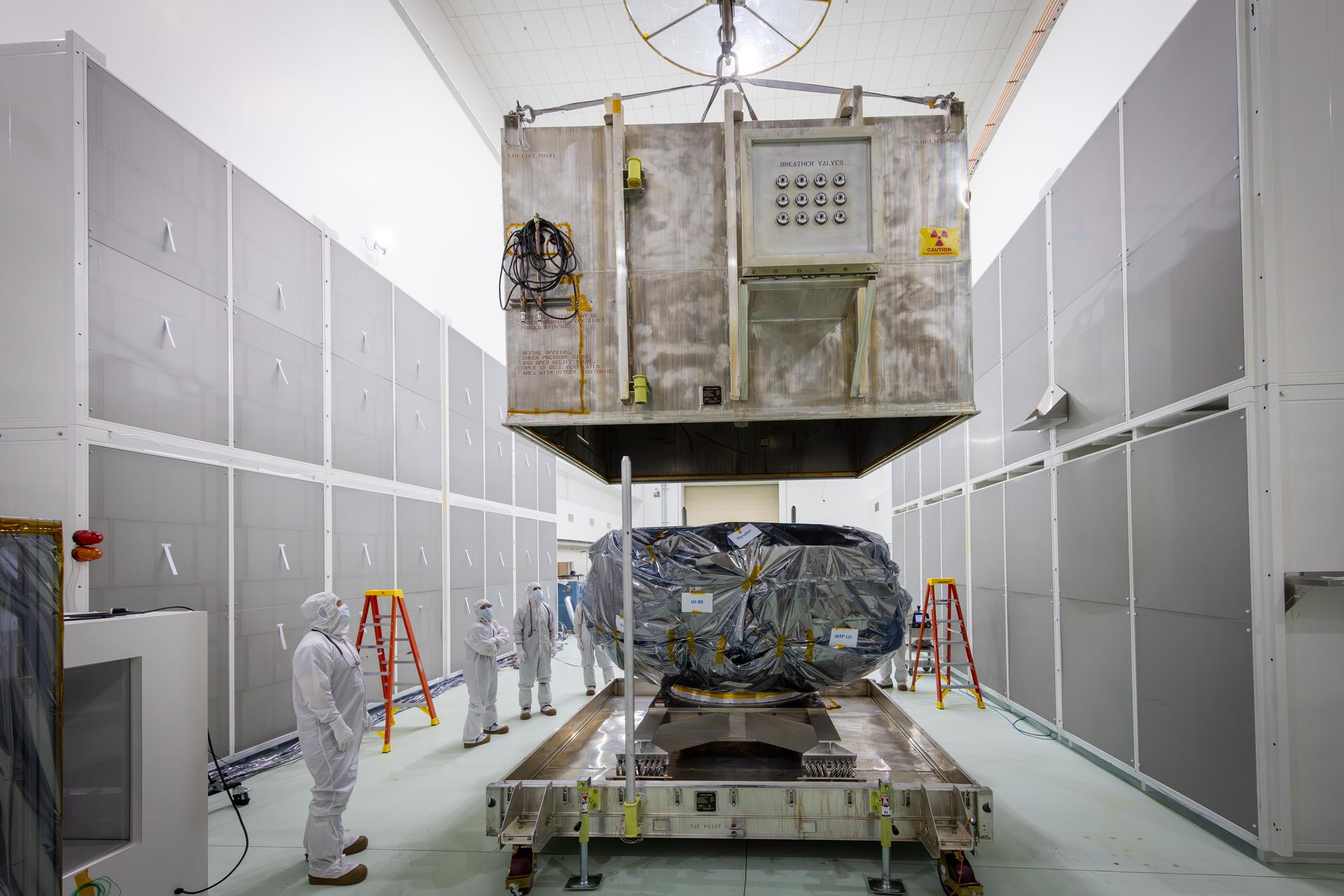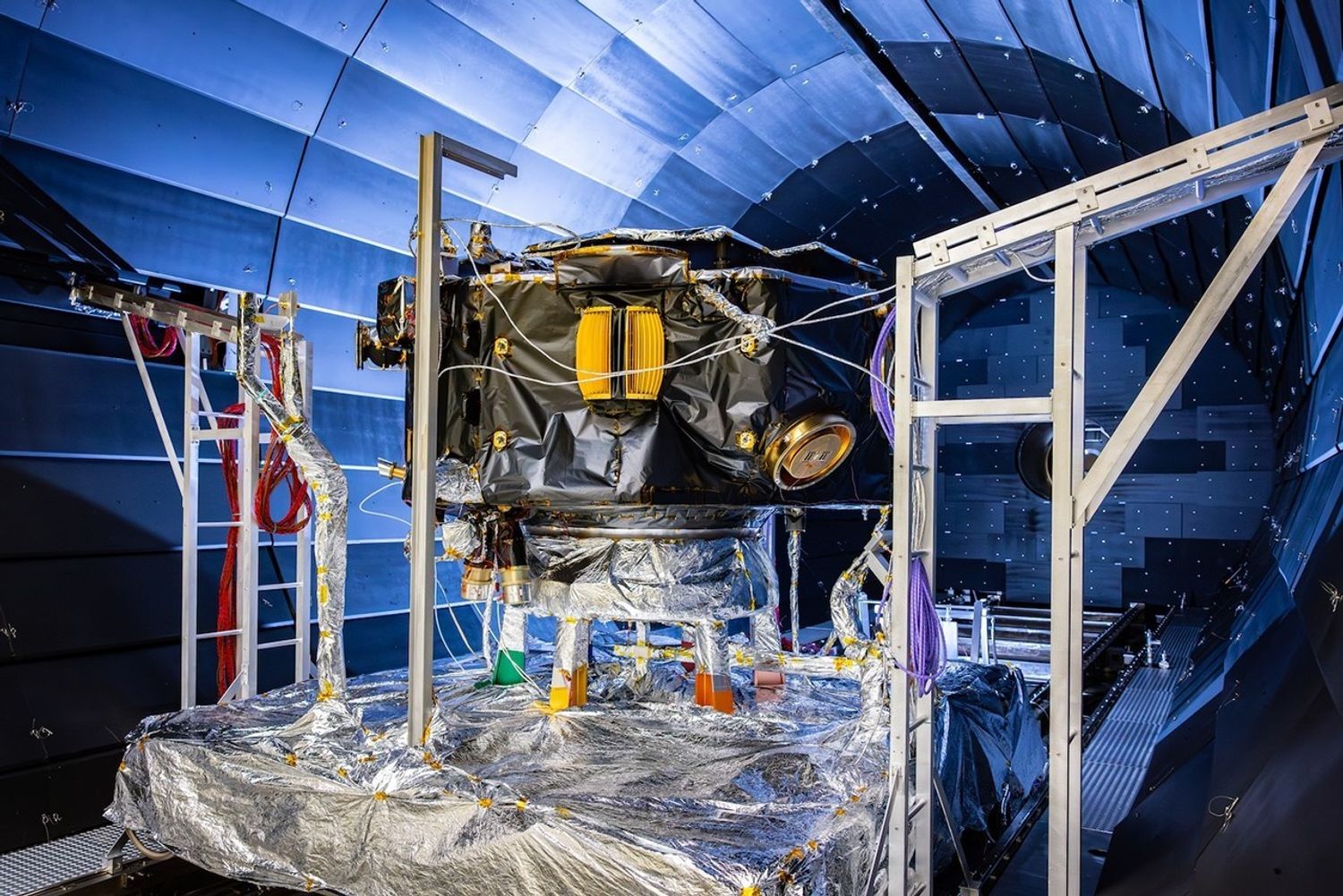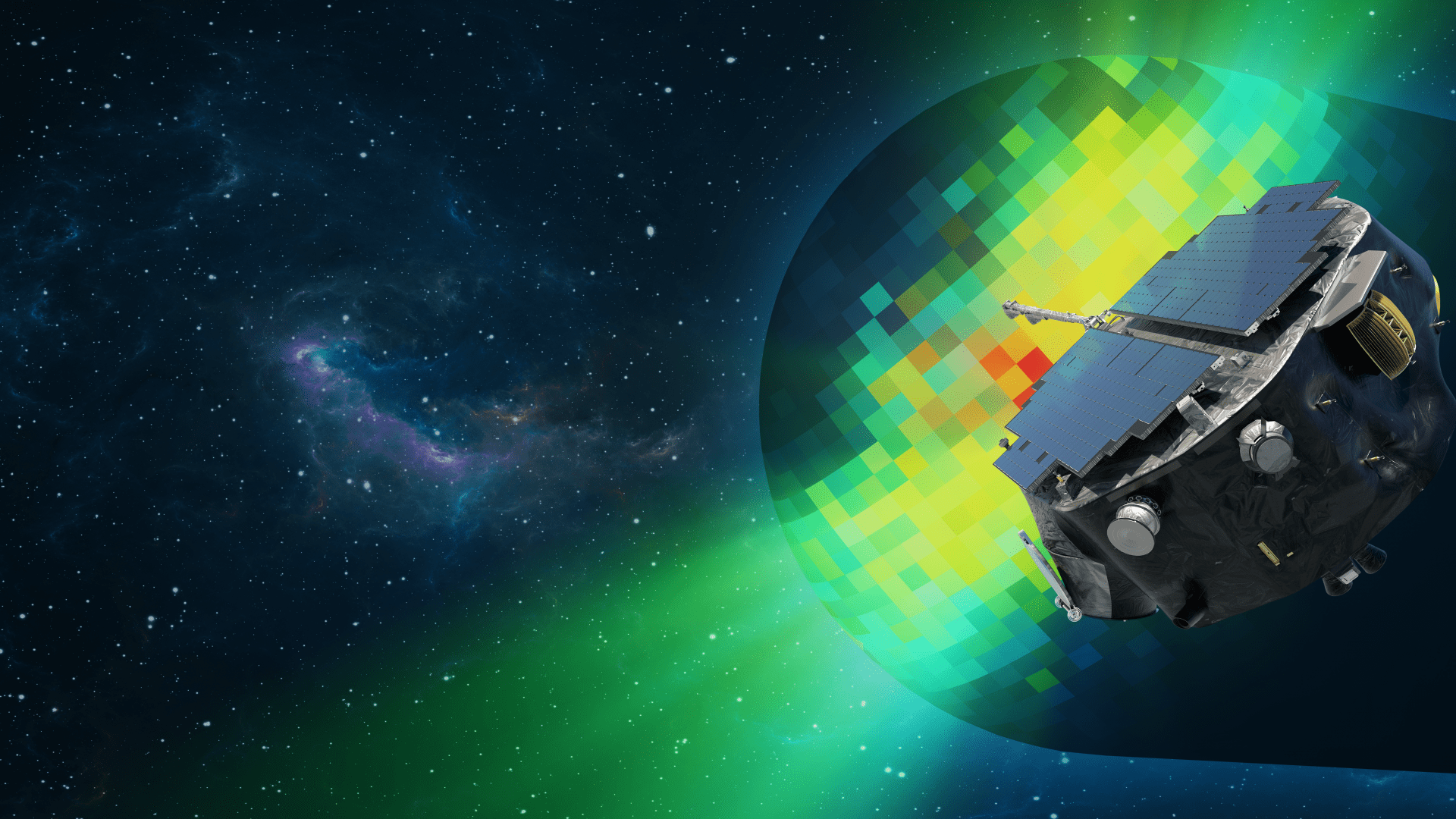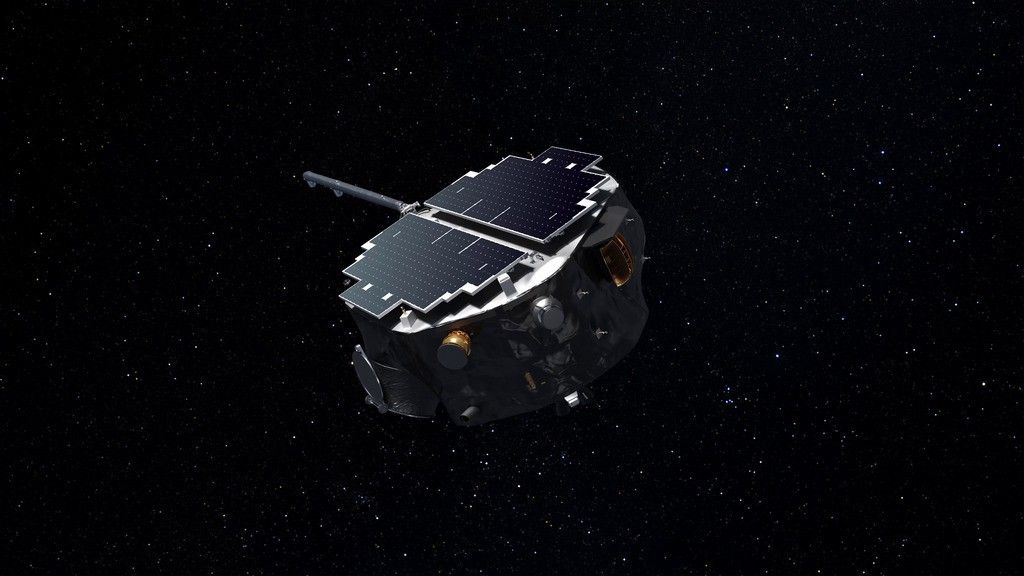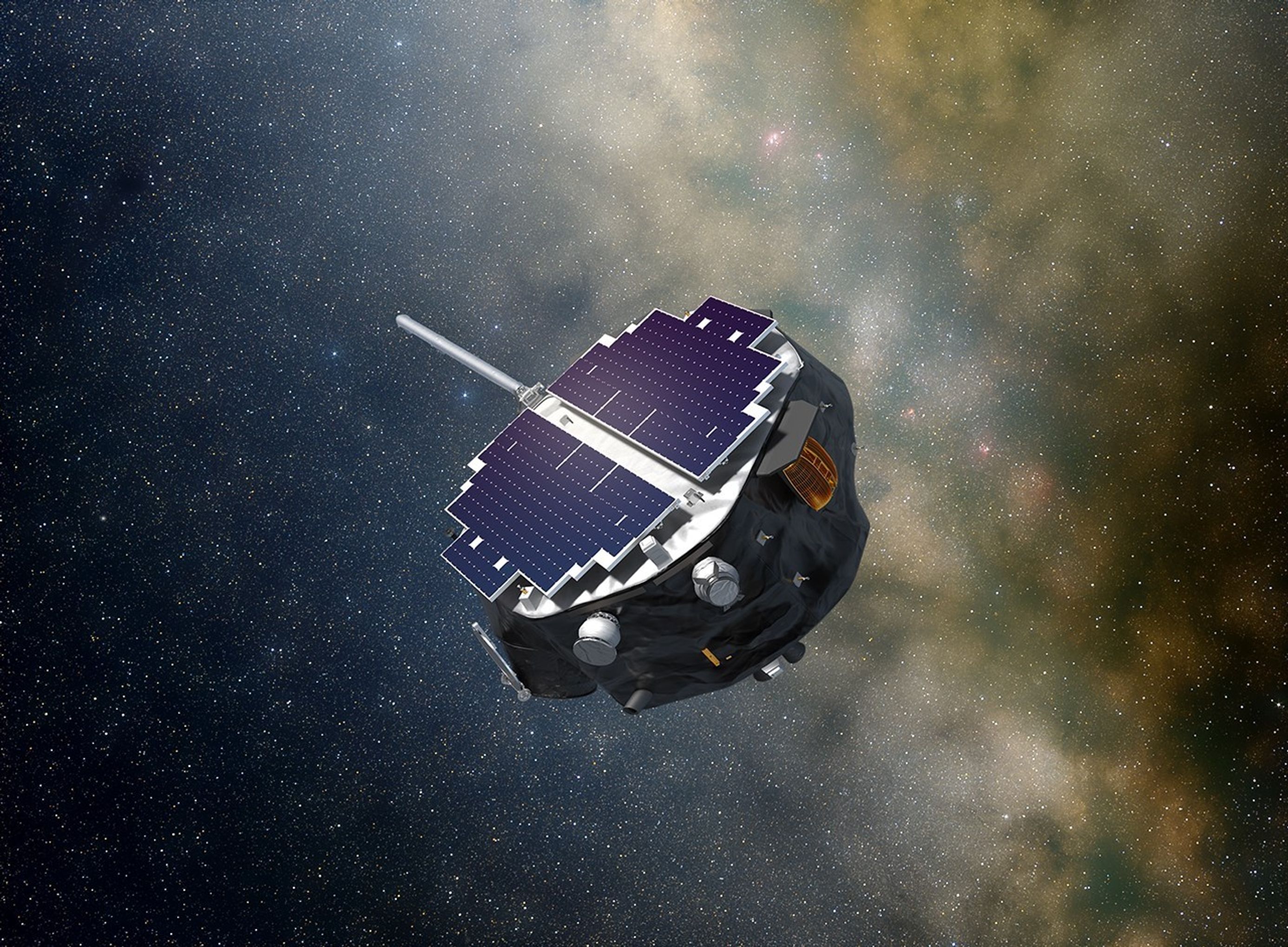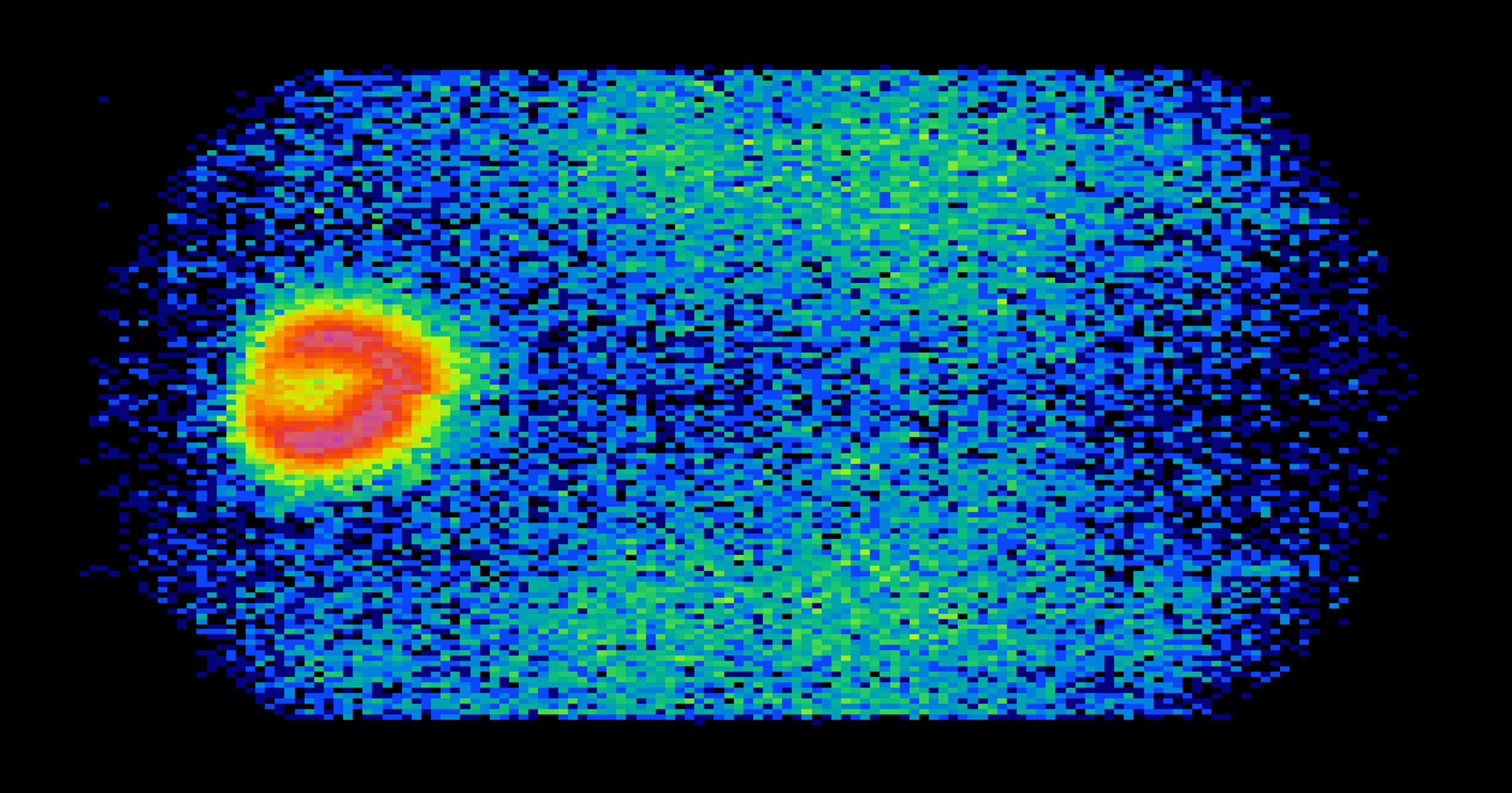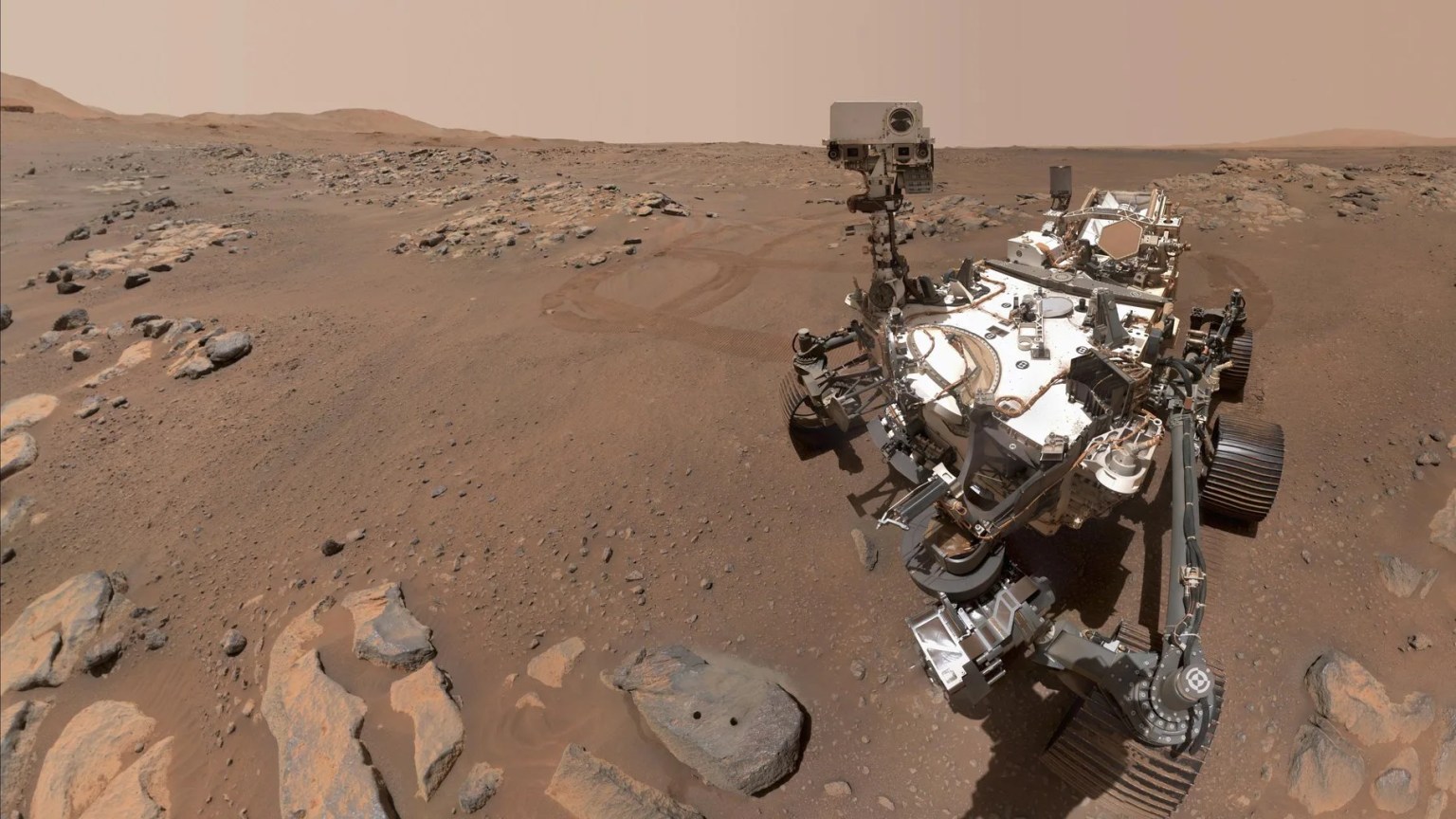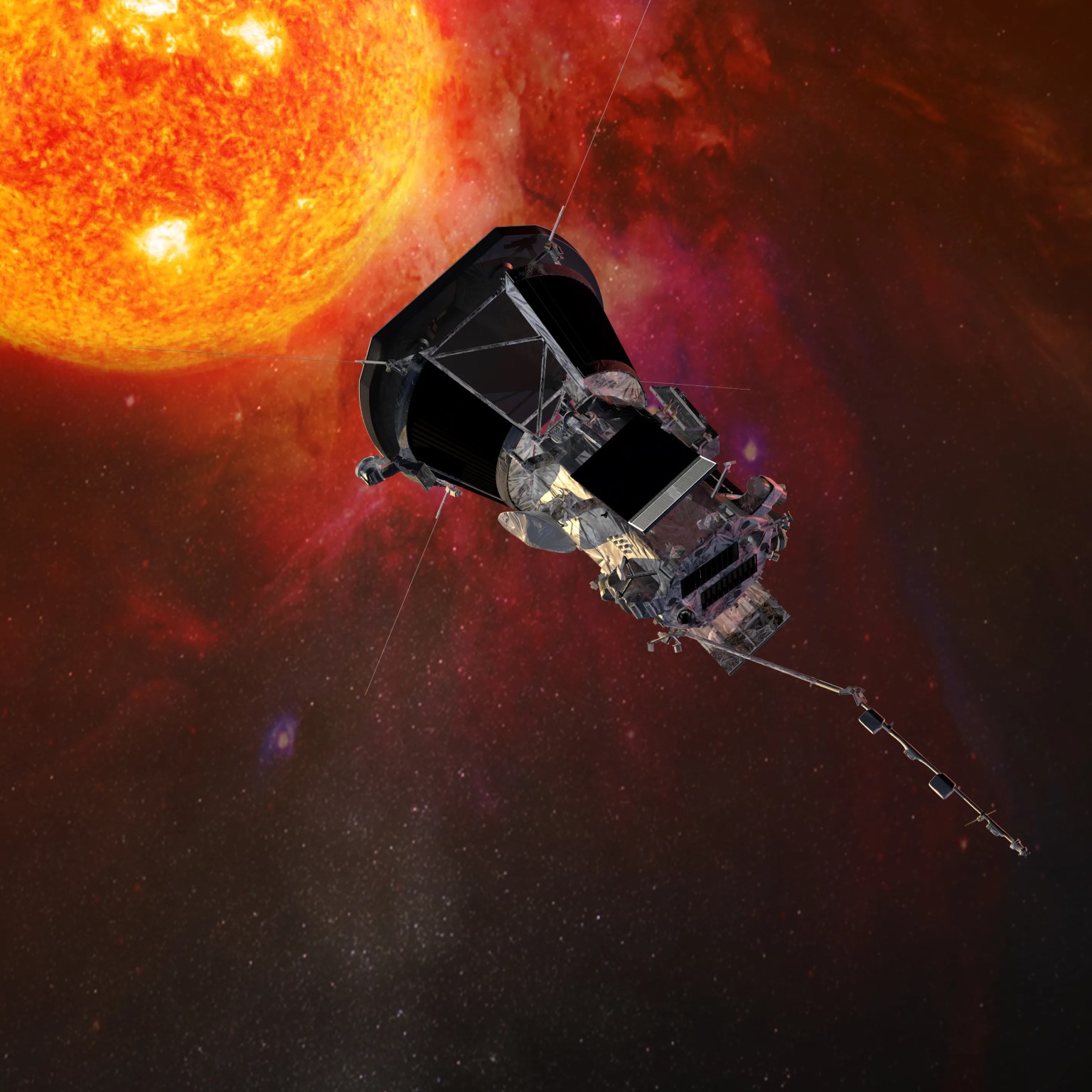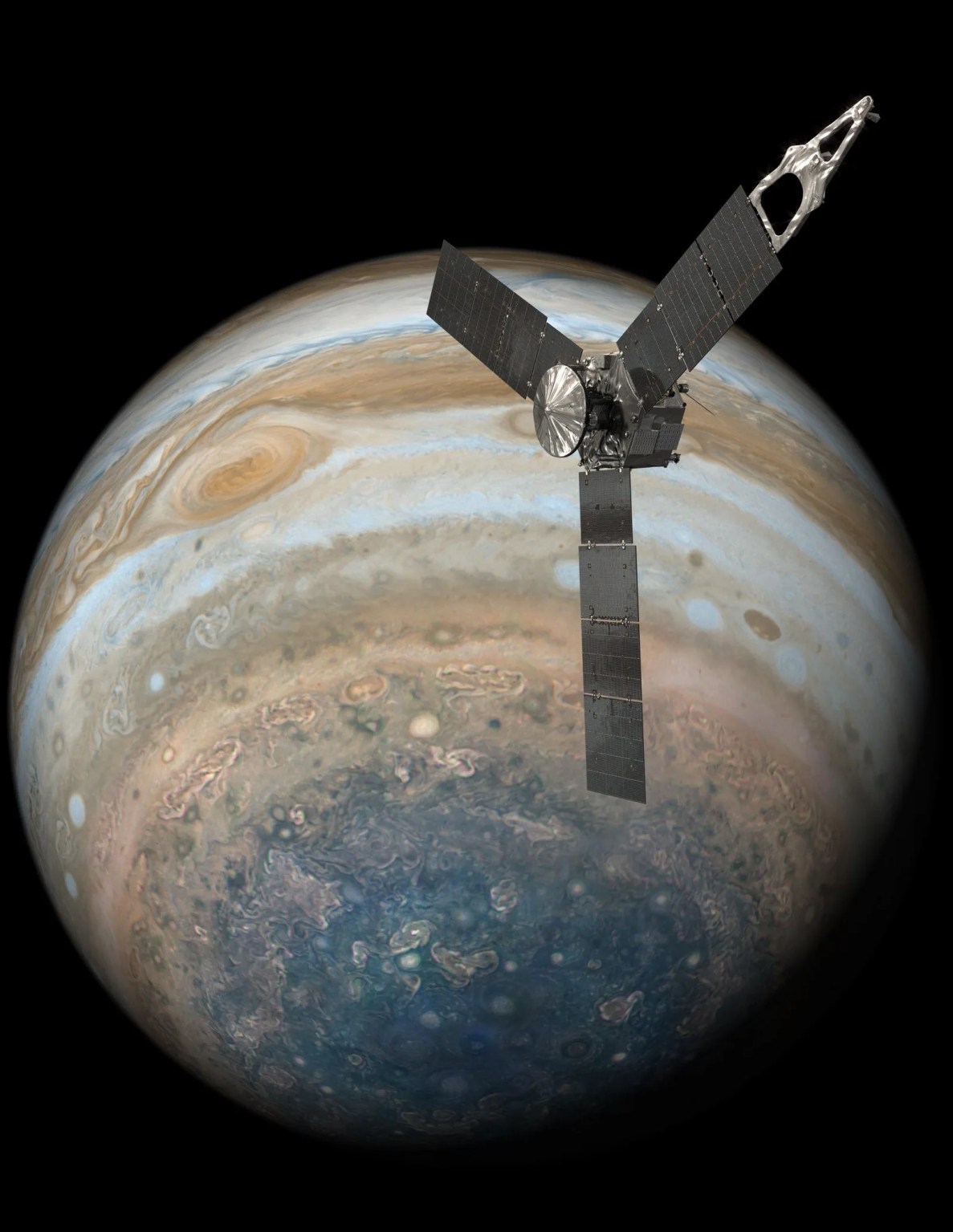IMAP
Interstellar Mapping and Acceleration Probe
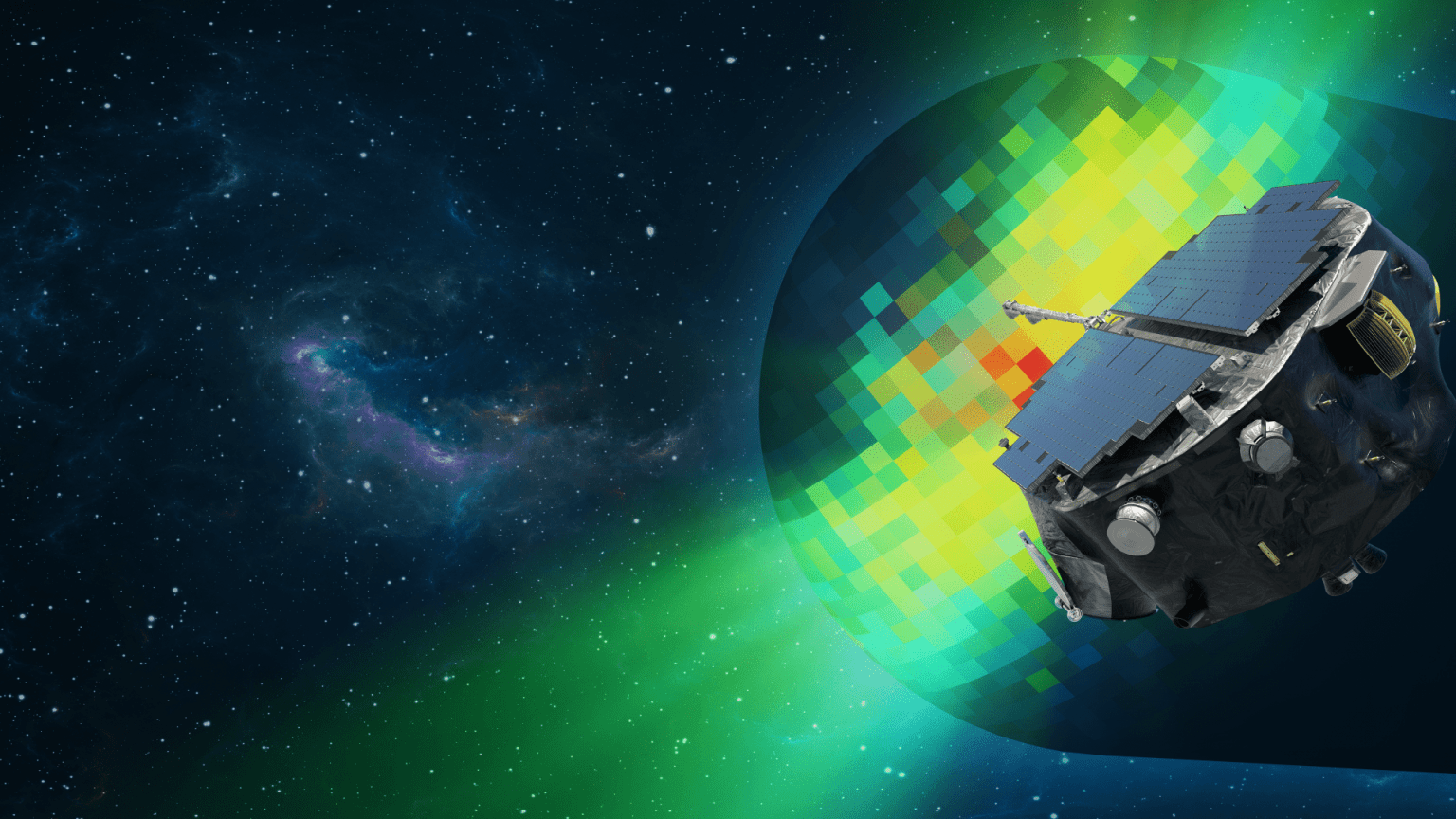
IMAP, a Modern-day Celestial Cartographer
NASA’s Interstellar Mapping and Acceleration Probe, or IMAP, is a new mission that will map the boundaries of our heliosphere — a giant protective bubble created by the Sun that encapsulates our solar system. The spacecraft will study the Sun’s activity and how the heliosphere boundary interacts with the local galactic neighborhood beyond.
Video Credit: NASA/Joy Ng
Overview
The Interstellar Mapping and Acceleration Probe, or IMAP, will explore and map the very boundaries of our heliosphere — a huge bubble created by the Sun's wind that encapsulates our entire solar system — and study how the heliosphere interacts with the local galactic neighborhood beyond.
As a modern-day celestial cartographer, IMAP will also explore and chart the vast range of particles in interplanetary space, helping to investigate two of the most important overarching issues in heliophysics — the energization of charged particles from the Sun, and the interaction of the solar wind at its boundary with interstellar space. Additionally, IMAP will support real-time observations of the solar wind and energetic particles, which can produce hazardous conditions in the space environment near Earth.
What is IMAP?
The IMAP mission will use 10 scientific instruments to chart a comprehensive picture of what’s roiling in space, from high-energy particles originating at the Sun, to magnetic fields in interplanetary space, to remnants of exploded stars in interstellar space.
Pushing Boundaries
The mission will primarily investigate two of the most important overarching issues in heliophysics. Namely, how charged particles from the Sun are energized to form what’s known as the solar wind and how that wind interacts with interstellar space at the heliosphere’s boundary.
This boundary offers protection from the harsher radiation from the rest of the galaxy. It is key to creating and maintaining a habitable solar system. The physics of the boundary and how it changes over time helps explain why our solar system can support life as we know it.
Keeping an Eye on Space Weather
The IMAP mission will additionally support real-time observations of the solar wind, which can flood the near-Earth space environment with dangerous particles and radiation that could harm technology and astronauts in space and disrupt global communications and electrical grids on Earth. The IMAP spacecraft is situated at the first Earth-Sun Lagrange point (L1), at around one million miles from Earth toward the Sun. There, it can provide about a half hour's warning to voyaging astronauts and spacecraft near Earth of harmful radiation coming their way.
Together, these areas of research will:
- Uncover fundamental physics at scales both tiny and immense.
- Improve forecasting of solar wind disturbances and particle radiation hazards from space.
- Draw a picture of our nearby galactic neighborhood.
- Help determine some of the basic cosmic building materials of the universe.
- Increase understanding of how the heliosphere shields life in the solar system from cosmic rays.
| Nation | United States of America (USA) |
| Location | Sun–Earth L1 Lagrange Point |
| Spacecraft | IMAP |
| Spacecraft Mass | 900 kilograms (1,984 pounds) |
| Mission Design and Management | NASA / Goddard Space Flight Center |
| Launch Vehicle | Falcon 9 |
| Launch Date and Time | Sept. 24, 2025, at 7:30 a.m. EDT |
| Launch Site | NASA’s Kennedy Space Center, Launch Complex 39A (LC-39A) |
| Scientific Instruments | Interstellar Dust Experiment (IDEX) IMAP Magnetometer (MAG) IMAP-Ultra High-energy Ion Telescope (HIT) Solar Wind Electron instrument (SWE) GLObal Solar Wind Structure (GLOWS) Solar Wind And Pickup Ion (SWAPI) IMAP-Hi IMAP-Lo Compact Dual Ion Composition Experiment (CoDICE) |
In Depth
IMAP is a modern-day celestial cartographer.
Like explorers and cartographers, IMAP aims to fill in blank spots on the map of the heliosphere — the bubble surrounding the Sun and planets inflated by the solar wind — and expand our knowledge of the physical processes happening in our solar system.
To study the heliosphere and how it interacts with material from interstellar space, IMAP will be stationed at L1. There, it will collect and measure particles that have traveled from the Sun, the heliosphere’s boundary 6 to 9 billion miles away, and interstellar space.
While foundational maps of the heliosphere have been drawn by IMAP’s predecessors, cutting-edge instrumentation on IMAP will be able to map it in greater detail than ever before, using tiny particles to answer big questions about the vast, invisible frontiers of our solar system.
In addition to improving maps of the heliosphere’s boundary, measurements of these tiny particles will enhance our understanding of the composition of other stars and better predict when dangerous space weather is imminent near Earth.

Mapping the Heliosphere
Energetic Neutral Atoms: Mapping the Boundaries of the Heliosphere
The mission’s investigation of the boundaries of the heliosphere will be primarily done with energetic neutral atoms, or ENAs. An ENA is a type of uncharged particle formed when an energetic positively charged ion runs into a slow-moving neutral atom. The ion picks up an extra negatively charged electron in the collision, making it neutral — hence the name energetic neutral atom. This process frequently happens wherever there is plasma in space, such as throughout the heliosphere, including its boundary.
Since they are not charged, ENAs do not interact with the magnetic fields that permeate space and shape the boundary of the heliosphere. Charged particles are forced to follow magnetic field lines, but ENAs travel in a straight line, unaffected by the twists, turns and turbulences in a magnetic field. This means scientists can track where these atomic messengers came from and study distant plasma-filled regions of space from afar. The IMAP mission will use the ENAs it collects near Earth to trace back their origins and construct cosmic maps of the boundaries of the heliosphere, which would otherwise be invisible from such a distance.
This work with ENAs helps scientists understand the forces that drive changes at the interstellar boundary, such as the Sun’s relative motion through the galactic neighborhood, the pressures exerted from magnetic fields and the interstellar matter outside the heliosphere, and the ever-changing output of winds from the Sun.
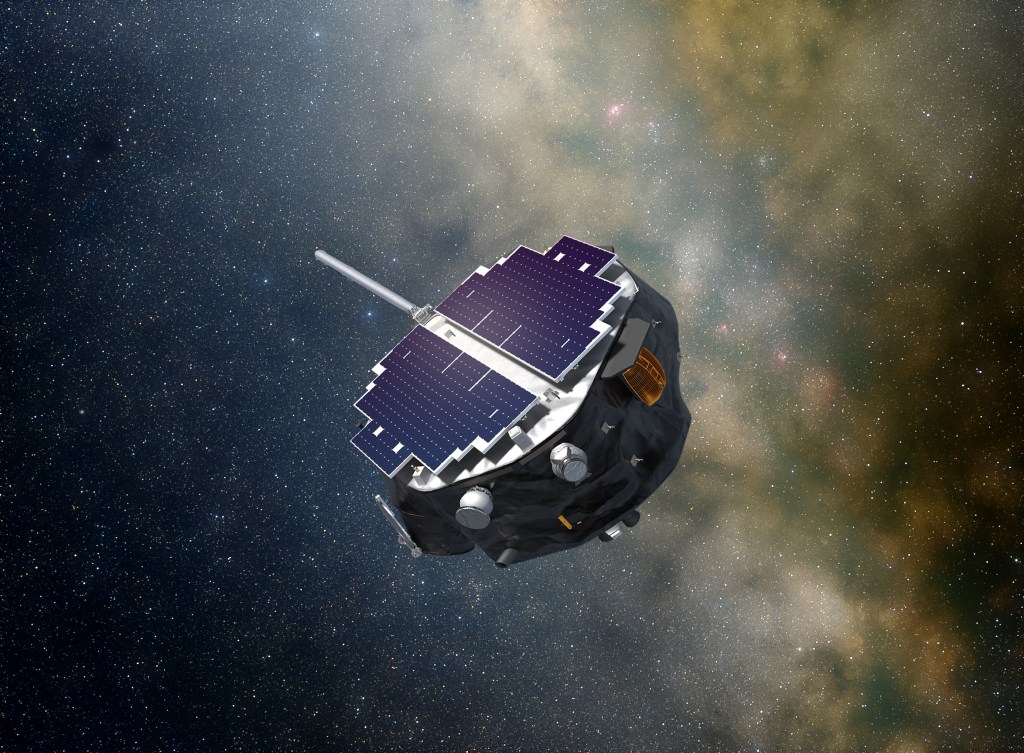
IMAP and Space Weather
Solar Wind and Energetic Particles: Advanced Warning for Space Weather
The IMAP mission will provide real-time observations of the solar wind and solarenergetic particles from the strategic L1 point between Earth and the Sun. This vantage point, at around one million miles from Earth in the Sun’s direction, could provide about a half hour's warning to voyaging astronauts and spacecraft near Earth of harmful radiation coming their way.
The IMAP Active Link for Real-Time (I-ALiRT) system will use a portion of data from IMAP’s instruments to provide enhanced this space weather information. This system will frequently broadcast reliable data for space weather models, allowing for much better predictions and warnings of increases in damaging particles from the Sun.
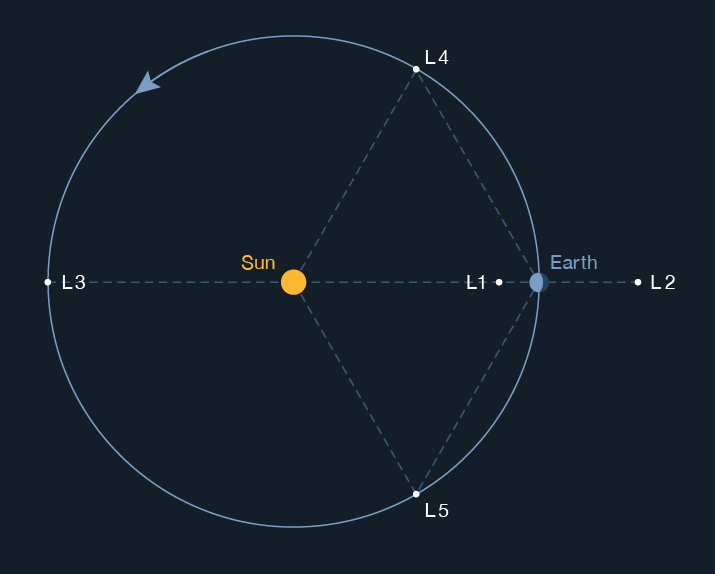
IMAP and Cosmic Dust
Cosmic Dust: Understanding Celestial Building Blocks
In addition to measuring tiny individual particles, IMAP will make direct measurements of cosmic dust — conglomerations of particles originating outside of the solar system that are smaller than a grain of sand. While the dust you encounter indoors is made up of mostly organic materials, this space dust is largely composed of rocky or carbon-rich grains.
The specific composition of this space dust — how much of each element it contains — is a postmark for where it comes from in the galaxy. Studying cosmic dust can provide insight into the compositions of stars from far outside our solar system. It will also help scientists significantly advance what we know about these basic cosmic building materials and provide information on what the material between stars is made of.


